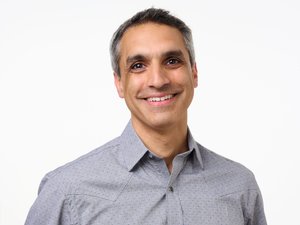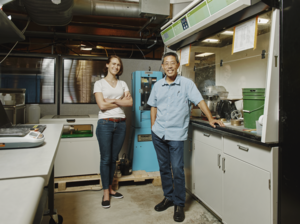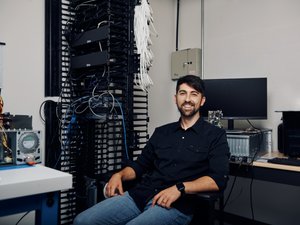Harvard recently received $150 million from Citadel Founder and CEO Kenneth Griffin. The billionaire's gift exemplified the largest in the College's history, and received mixed reactions from those outside of the ivy-laden gates of the local Ivy League institute.
"Please stop giving giant donations to rich universities," urged Slate's Matthew Yglesias. He soon followed up by reiterating, "Seriously, don't give money to fancy colleges," using this graph from The Hamilton Project at Brookings to explain why:
The small text there states:
A student at one of America's most-selective universities is 14-times more likely to be from a high-income family than a low-income family.
Now, Harvard wasn't hurting for cash. The University announced in September that its endowment had jumped 6.5 percent, to $32.7 billion, during the last fiscal year. What's more, the news surfaced three days after the school publicly asked for $6.5 billion, kicking off the largest capital campaign ever undertaken by an institution of higher learning.
The upside of Griffin's gift is that the money will primarily go toward supporting the school's financial aid program — helping as many as 800 undergraduates annually. In turn, the Harvard College Office of Financial Aid will be renamed the Griffin Financial Aid Office and the head of that office will be deemed the Griffin Director of Financial Aid.
As Yglesias argued, however:
Basically what you see is that highly selective institutions are institutions for kids from affluent families. You'll often hear that such-and-such a donation to an already-wealthy institution is a great idea because it's going to financial aid. But when only about five percent of your class is coming from the bottom quarter of the income distribution (and we can assume that very little of that five percent is coming from the really truly poor) then even this financial aid is extremely poorly targeted.
Griffin, who graduated from Harvard 25 years ago, reportedly started trading stock options from his dorm room — an early move that helped build his wealth to the $4.4 billion it is today and inspired him to give back to his alma mater.
But, could that $150 million he donated have gone to bolstering a community college or afterschool program, as opposed to, as Yglesias described it, "a big rich famous school for kids with super-high SAT scores?"
Yes.
To be fair, Griffin has also been a big backer of Chicago Public Schools. And that, given another glance at the chart above, is a clear step in the right direction. The money donated to Harvard could be, as well, if more students from low-income families are being admitted. According to the New York Times:
Sixty percent of undergraduates receive aid and pay an average of $12,000 in tuition and room and board, while 20 percent of their families pay nothing because they earn less than $65,000 a year.
The figures are promising, but it's apparent an inequality still remains. The next chunk of change Griffin, or another one of the world's billionaires, hands out should go toward closing that gap.
But, what do you think? Let us know in the comments section below.








